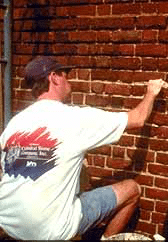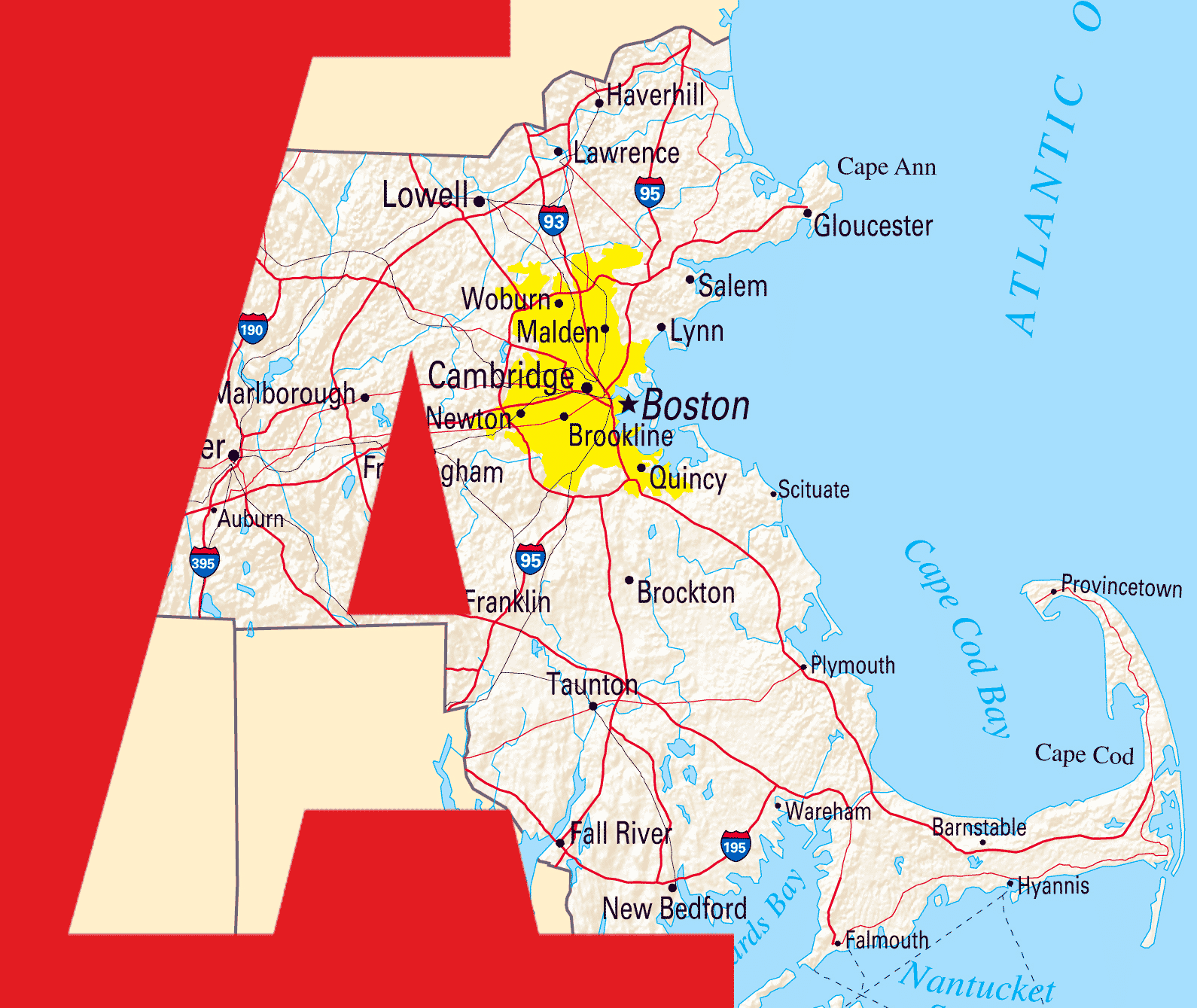Repointing is the process of removing any deteriorating mortar from the joints of a masonry wall and replacing it with new mortar. Repointing can help restore both the visual and physical integrity of the masonry. If repointing is performed incorrectly, the appearance of the building can falter and physical damage could be done to the masonry units.
The Repointing Process
 Repointing begins by removing the damaged mortar to a depth that is equal to or slightly more than the width of the joint or until sound mortar is reached. If the depth is greater than 2.5 inches or 4 centimeters, it should be filled in multiple passes while allowing the mortar to cure for a minimum of 24 hours.
Repointing begins by removing the damaged mortar to a depth that is equal to or slightly more than the width of the joint or until sound mortar is reached. If the depth is greater than 2.5 inches or 4 centimeters, it should be filled in multiple passes while allowing the mortar to cure for a minimum of 24 hours.
When new pointing mortar is applied, the joint profile should be as rectangular as possible. This is so that the mortar is allowed ample opportunity to bond with the masonry units.
In order to avoid damage to the masonry units, the old mortar must be removed carefully. On very old buildings where soft materials like under-fired brick have been used, mortar is usually removed by hand to avoid as much damage as possible. Hard Portland cement mortar is typically removed with either a grinder or a circular masonry blade with particular care taken to not harm the masonry units.
Potential Problems
Poor repointing work will often raise the level of the mortar above the face of the masonry unit. When this happens, the mortar edge will feather creating an aesthetically undesirable result, and erosion problems can occur. Also, depending on the nature of the mortar, any mortar that rises above the level of the face of the masonry unit can damage the corner of the masonry unit. This usually happens when deteriorated mortar is not removed to a sufficient depth.
Mortar Selection
Mortar that is used for repointing the structure should have similar characteristics to the original mortar. This includes color and texture, permeability, compressive strength, and coefficient of thermal expansion. For example, if a soft lime-based mortar was originally used, the mortar used for repointing should contain a substantial amount of lime. If Portland cement mortar were to be used for repointing with older buildings that have soft masonry units, significant damage could occur due to the physical incompatibilities.
An architectural engineering firm can perform an analysis on the original mortar and make recommendations for a replacement mortar that would be most physically and aesthetically compatible with the building.
If you are in need of a brick pointing contractor in Massachusetts, contact Abbot Building Restoration today at 617-445-0274.


